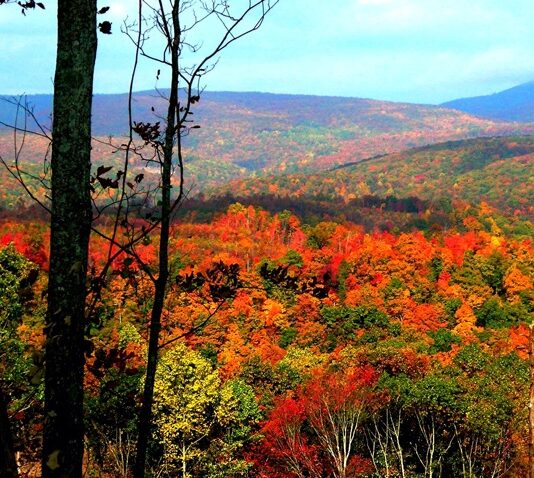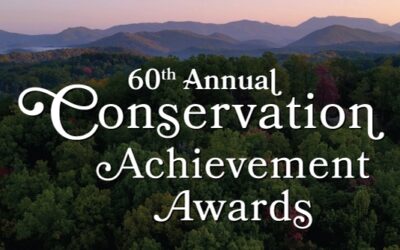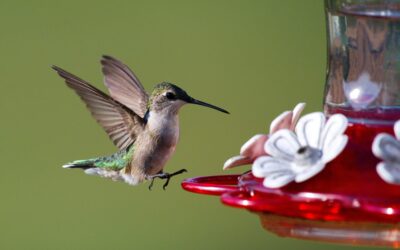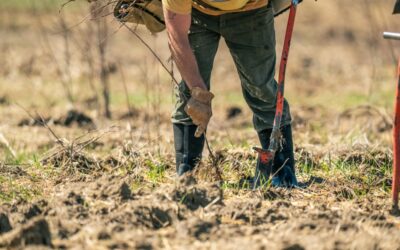Tennessee Wildlife Federation is partnering with Ruffed Grouse Society/American Woodcock Society (RGS & AWS) and others to enhance more than 6,800 acres of wildlife habitat in Tennessee and Kentucky.
Birds and other species will benefit from these efforts to restore habitat structure and health on the Cumberland Plateau.
The project will identify three large restoration areas totaling more than 60,000 acres on the Cumberland Plateau, two in Kentucky and one in Tennessee, to improve forest structure and health to benefit a suite of wildlife species that require mixed-aged forests.
“Long-term, effective wildlife conservation begins with habitat,” said Chris Roberts, the Federation’s director of conservation. “The partnerships that have formed around this project are evidence of the far-reaching positive results that will be created by restoring these landscapes.”
Restoration efforts in Tennessee will primarily take place in the North Cumberland region and include a mix of responsible timber management, prescribed burning, and tree plantings on public and private lands.
“Using a method called ‘dynamic forest restoration blocks’ allows us to more closely measure how forest management techniques are performing in a designated area. Over time the blocks help achieve the desired forest conditions better and more quickly, ultimately improving wildlife populations,” said Nick Biemiller, RGS & AWS’s forest conservation director for the Southern Appalachian Region.
Funding is provided by National Fish and Wildlife Foundation, Natural Resources Conservation Service of Tennessee and Kentucky, Kentucky Department of Fish and Wildlife Resources, Lightner Sams Foundation, and LP Foundation.
Habitat improvement efforts will be supported by Tennessee Division of Forestry, Kentucky Division of Forestry, The Nature Conservancy of Kentucky, and Appalachian Mountains Joint Venture.
Featured photo by Christina Anderson




